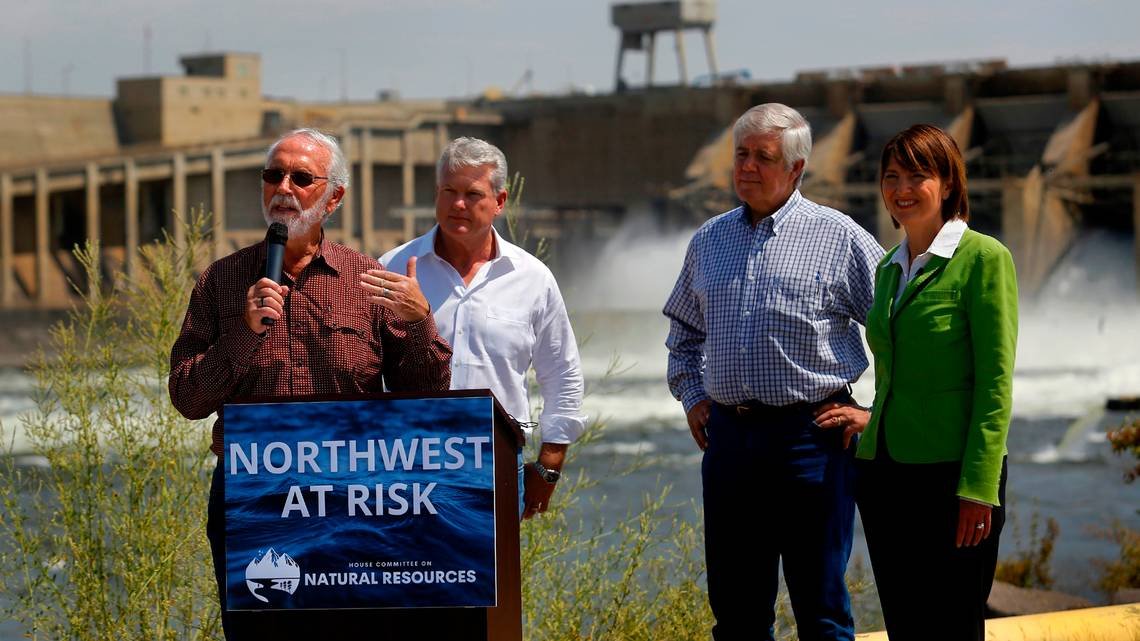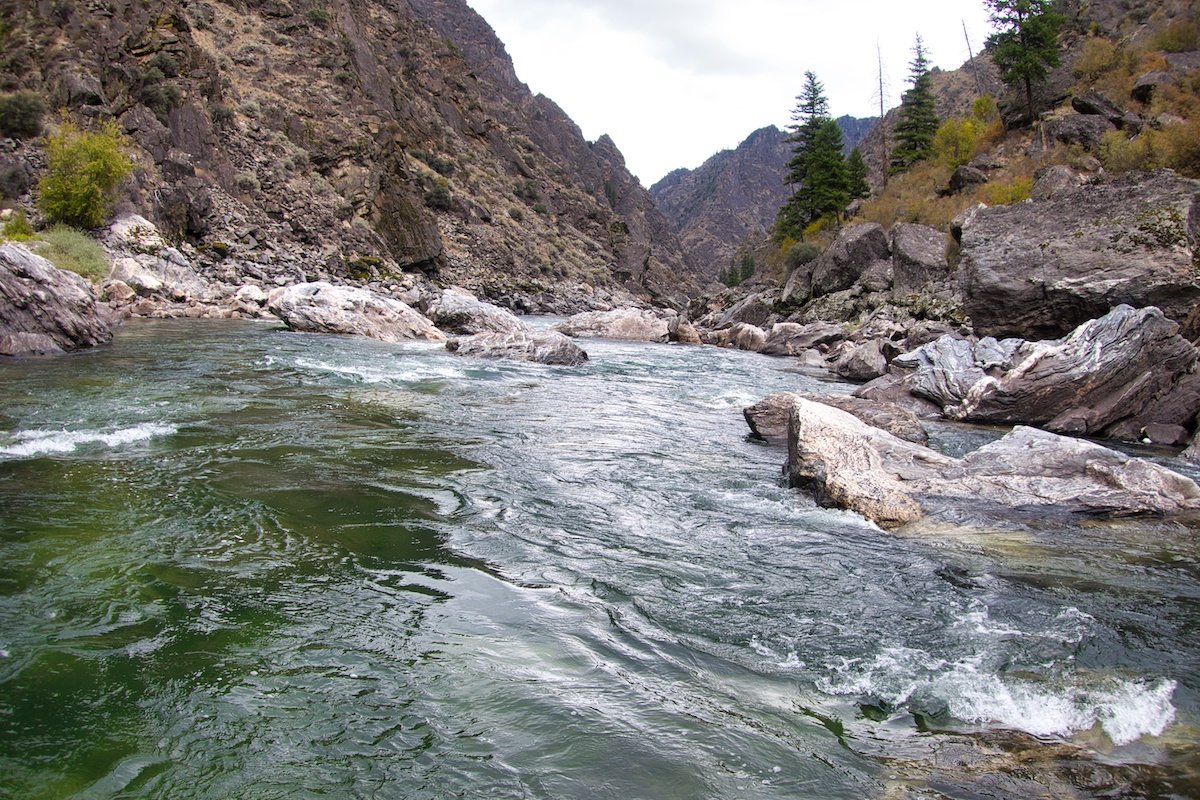For BPA’s Fish and Wildlife Program, there’s no success like failure
Good science is a prerequisite for good investments in ecological recovery. Good science also costs money. Getting a corporation to spend money on good science that doesn’t benefit its bottom line has proven to be problematic. For one thing, good science often points to heavy expenditures to remediate environmental disasters resulting from the actions of a corporation. If the legal onus is on said corporation to pay for the fix, the company will exercise every move in its power to avoid paying for that.
Since corporations are entities required by law to furnish profits for shareholders, costs that can’t be categorized as investments leading to further profits are generally reviled, and too often successfully avoided. Intimidation, mob-style violence, armies of mercenary and unscrupulous lawyers, relentless lobbying, bribes, and a well-choreographed public relations campaign have all historically proven cheaper than directly addressing environmental catastrophe. Critics of corporate capitalism will point out that some of the largest corporations’ largest costs have been “externalized.” ExxonMobil, for example, willfully and knowingly playing a starring role in heating up the planet, will never bear the true cost of the damage it wrought via the coming centuries of climate chaos.
The myriad disasters fomented by corporate mining ventures also come to mind: in Montana, $134 million worth of work is needed to fix the damage done by the state’s coal mining industry alone, money the industry will never pay, now that coal appears finally to be going the way of whale oil as a widely used fuel.
An inherent conflict of interest resides in the conception of myopically profit-driven corporations as somehow faithful, capable keepers of life sources–air, water, soil, and all the things that result from them–that in a democratic society, are designated to be held in public trust. A legal entity invented to maximize profits, as history and current circumstances reflect, will generally endeavor to privatize benefits and socialize costs. And so it is that late corporate capitalism has become frighteningly efficient at stealing not just a proverbial goose from the commons, but the commons from the goose.
The lynchpin to this theft has been the work of neutralizing regulatory agencies, either by greatly reducing their powers, or making them complicit in the theft. Thus a ruthless oil lobbyist becomes Secretary of Interior; under the rage of radical conservative schemes, the IRS gets stripped down to a feckless agency that collects taxes only from suckers willing to pay them.
I’m describing the features of corporate capitalist culture, or at least a few of its general patterns, in a blog about rivers, because they are central to understanding why the preservation and restoration of water and fish and every other sort of marine creature and their habitats have been met with limited success. ( In the past 50 years, a seventy percent decrease in freshwater species on the continent justifies labeling the effort a failure, but let’s not kill every ray of hope for those who are trying to save us.) The hyper driven profit motive is a factor in the general failure of salmon recovery at almost every privately-held hydroelectric facility where fish populations have been greatly reduced or extirpated. The federal permitting process for corporate-owned dams requires fish passage systems to be built and maintained. Yet enforcement is lax, and hatchery fish heaped on trucks to move them around dams has proven to be a band-aid at best.
Borrowing a page from the petroleum industry playbook, hydropower lobbyists have been highly successful in convincing the public that dams produce clean, green energy.
I’m also taking the space to describe such things here, because they are central to understanding the role of the Bonneville Power Administration in the Pacific Northwest. The BPA is the poster child of a large, boring bureaucracy that has adapted the methods of corporate capitalism in order to metastasize into a kind of modern corporate-state Hydra, the thousand headed, death-breathed water monster swimming out of the nightmares of ancient mythology.
I’ll stop there for today after this short anecdote: a top aid to former Oregon Governor Ted Kulongoski, after recounting to me in palpable anger how former BPA administrator Steve Wright had attempted to orchestrate an elaborate fib to convince Kulongoski to sign an agreement known as the Fish Accords, described the trouble with BPA this way: “the problem is they have the power of both a big corporation and big government. They can put on either of those hats, and they wear whichever one has the best chance of getting them what they want.”
More tomorrow.
Support my mission to remove dams throughout the US by purchasing my latest book Cracked: The Future of Dams in a Hot Chaotic World, published by Patagonia Books.
Once a week I write about critical issues that affect salmon, steelhead, and free flowing rivers throughout the west. Get monthly updates straight to your inbox!

























